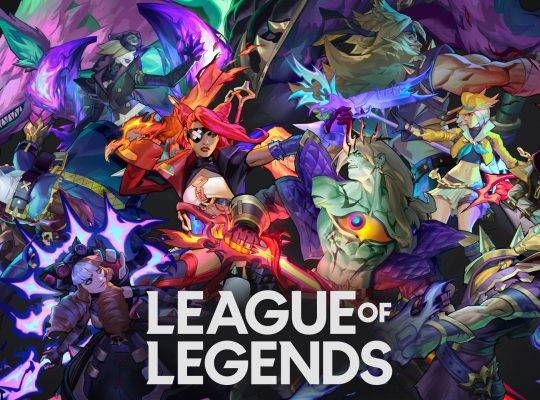LCS Spring Split 2024: Live Patch Play Changes the Game
The League of Legends Championship Series (LCS) is set to introduce live patch play for the 2024 regular season, a groundbreaking decision that will test the adaptability of players, teams, and the community right from the start of the Spring Split on January 20. This bold move by LCS Commissioner MarkZ will see the North American region become the first to adopt this new playstyle, altering the competitive landscape, and potentially revolutionizing the esports meta.
Significance for Players and Teams
Teams have traditionally remained a patch behind the live servers due to the tight turnaround between patch release and professional games being played. As a result, they’ve juggled the challenge of playing on different patches for pro matches and solo queue. The introduction of live patch play narrows that gap and puts immense pressure on the players to adapt quickly to the changes brought about by each patch.
With only two days to practice before their weekend matches, players will have to rely on their ability to rapidly adjust to the evolving meta. Teams’ coaching staff will also need to strategically devise real-time responses to evolving gameplay elements. This uncharted territory will test players’ and teams’ mental fortitude, as well as their capacity for innovative strategy-building and execution.

Impact on LCS Meta and Preparation
The new live patch play format will likely usher in a more volatile and unpredictable meta. Players will be confronted with the challenge of mastering new champions and strategies within an extremely limited timeframe, possibly leading to increased synergy issues and surprising outcomes. This could also encourage teams to experiment with alternative strategies, aiming to catch their rivals off guard.
As a result, the LCS meta might see a shift towards flexibility and adaptability, with players required to maintain a broader champion pool and be prepared for unforeseen scenarios. The unpredictability brought about by live patches could level the playing field between top-tier and lower-ranked teams, providing underdogs with opportunities to upset the established order.
Viewership Experience and Competition
The use of live patches promises to be a double-edged sword for viewership experience. On one hand, the introduction of live patch play may increase excitement and interest among the community. Fans will have the opportunity to watch their favorite LCS teams adapt and experiment with the same patch they are playing on live servers, making the matches more relatable and potentially drawing new audiences.
On the other hand, the unpredictability and volatility may lead to a perceived decrease in the overall quality of play, with more mistakes and blunders caused by players’ lack of practice in the ever-changing conditions. This could raise concerns about the competitiveness of the LCS compared to other regions, which continue to play one patch behind.
Expert Opinion: Is Live Patch Play Positive or Negative for LCS?
As an esports journalist, I believe that the introduction of live patch play is a high-stakes gamble for the LCS. While it certainly adds excitement and unpredictability to the games, it also raises questions about the overall competitiveness and quality of the tournament. The potential for increased viewership should not be dismissed, but it comes at the risk of alienating traditional fans who may view it as a disruptive change.
Ultimately, the long-term success or failure of this decision will hinge on the ability of the players and teams to rise to the challenge and adapt to evolving circumstances. It may expose weaknesses and prompt necessary growth, or it could lead to a decline in the LCS’ global reputation. Furthermore, the implementation of live patch play may also have an impact on the players’ mental and physical well-being.
As professional esports athletes, these individuals already face intense pressure and scrutiny, and now they must also contend with constantly changing game mechanics. Will this ultimately lead to burnout or exhaustion? Only time will tell.
Additionally, there are concerns about fairness and consistency in gameplay when using live patches. In traditional sports, teams compete on a level playing field with established rules and regulations. However, with live patch play, there is a potential for some teams to have an advantage based on their ability to quickly adapt and exploit new strategies. This could create an unequal playing field and undermine the integrity of the tournament.
On the other hand, proponents of live patching argue that it adds an exciting element to the game and allows for real-time adjustments to balance issues or bugs. It also keeps the meta fresh and prevents a stale gameplay experience for viewers.
Despite the debates, live patching has become increasingly prevalent in esports tournaments. Top teams and players must now not only have exceptional mechanical skills but also be able to quickly adapt and strategize on the spot. This brings a new level of complexity and excitement to the competitive scene.
As with any advancement in technology, there will always be challenges and concerns. However, one thing is certain: live patching has changed the landscape of esports and will continue to shape its future.









